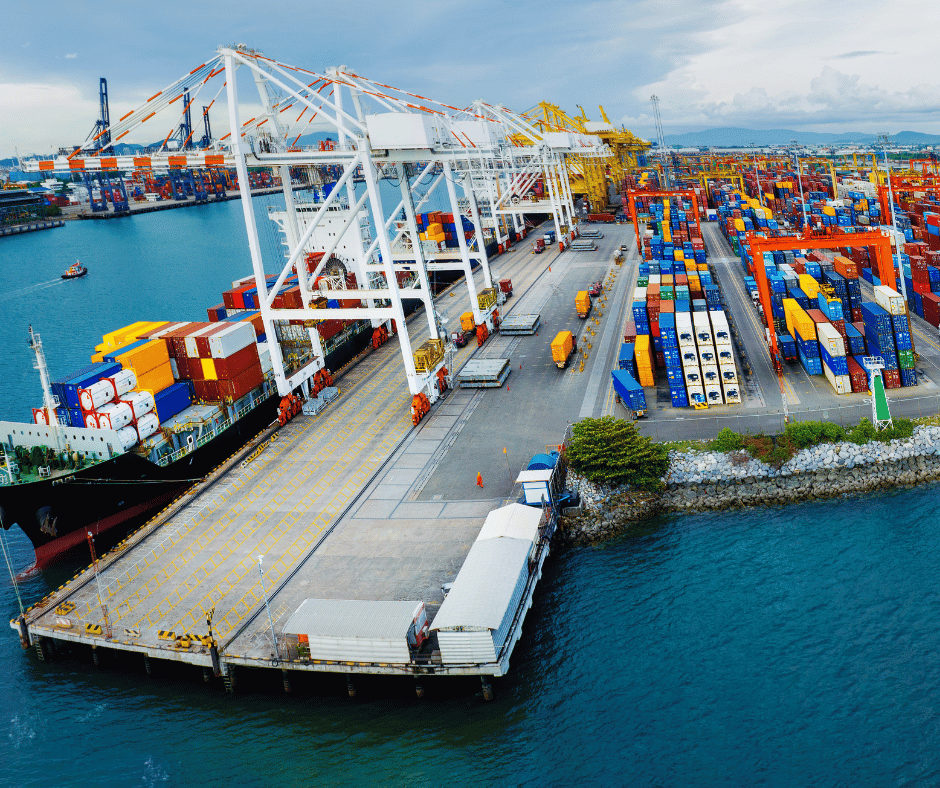Sea freight services are crucial in the realm of international trade and logistics because they make it easier to transport products over great distances. This means of transportation has long been a mainstay of global trade, and it is still a vital link in the contemporary supply chain. Here is all the information you need to know about sea freight forwarding services, from the fundamentals of sea freight to the nuances of containerization and the environmental impact.
Sea Freight Solutions: Fundamentals:
Transporting commodities across oceans and seas on cargo ships is known as sea freight, often known as ocean freight. It is a practical choice for long-distance delivery of huge volumes of merchandise or bulky items. Full Container Load (FCL) and Less than Container Load (LCL) are the two main categories for sea freight services.
Full Container Load:
A single consignee is given exclusive use of the entire container in FCL shipments. To maximize space usage and lower the danger of damage, this choice is best for shippers who have enough cargo to fill an entire container.
Less than Containers Load:
A single container is used to combine several shipments from various shippers into LCL shipments. Smaller shipments that do not occupy a complete container are appropriate candidates for this strategy. Anyone who doesn’t have enough goods to warrant a full container can use it as a cost-effective alternative.
Sea Freight Has Some Benefits:
Numerous firms favor sea freight services since they come with several benefits.
Cost-Effectiveness: Especially for larger shipments or non-time-sensitive commodities, sea freight is frequently more affordable.
Planetary Reach: To reach even the most distant markets, cargo ships go to practically all parts of the globe.
Ideal For Bulky And Heavy Items: Large volumes and enormous objects that may not be possible with other means of transportation can be transported by sea freight.
Considerations for the Environment: While there are emissions associated with transportation, marine freight typically has a smaller carbon impact per ton-mile than air freight.
Costs of Sea Freight Affected by: Costs of maritime freight can vary depending on several factors, including:
Location: Shipping prices increase with increasing distance.
Container Type: The costs associated with FCL and LCL shipments vary.
Container Size: The cost of shipping larger containers is typically higher.
Port Fees & Charges: Port handling fees, customs taxes, and other levies all add to the price.
Periodic Demand: When demand is at its highest, shipping prices may rise.
Effect on the Conditions:
Sea freight still contributes to carbon emissions even if it is more environmentally benign than air freight in terms of emissions per ton-mile. The shipping sector is making efforts to lessen its negative effects on the environment via slow steaming (slowing down ship speeds to save fuel), and investigating alternative fuels.
Containerization Revolution:
The advent of containers transformed the shipping business and greatly increased the effectiveness of marine freight services. Standardized shipping containers, usually 20 to 40 feet long, make it simple to load, unload, and transfer between different forms of transportation (ships, lorries, trains). This uniformity has sped up the movement of commodities around the world while also streamlining logistics and lowering handling expenses.
Summary:
The movement of commodities across great distances is made possible by sea freight forwarding companies, which are a crucial component of the global economy. Whether it’s the effectiveness of containerization, the benefits of cost-effectiveness and global reach, or the continuous efforts to limit environmental impact, maritime freight continues to develop in response to shifting market needs and sustainability goals. Businesses involved in international trade must have a solid understanding of the principles of sea freight to optimize their supply chains and increase their ability to compete on a global scale.

